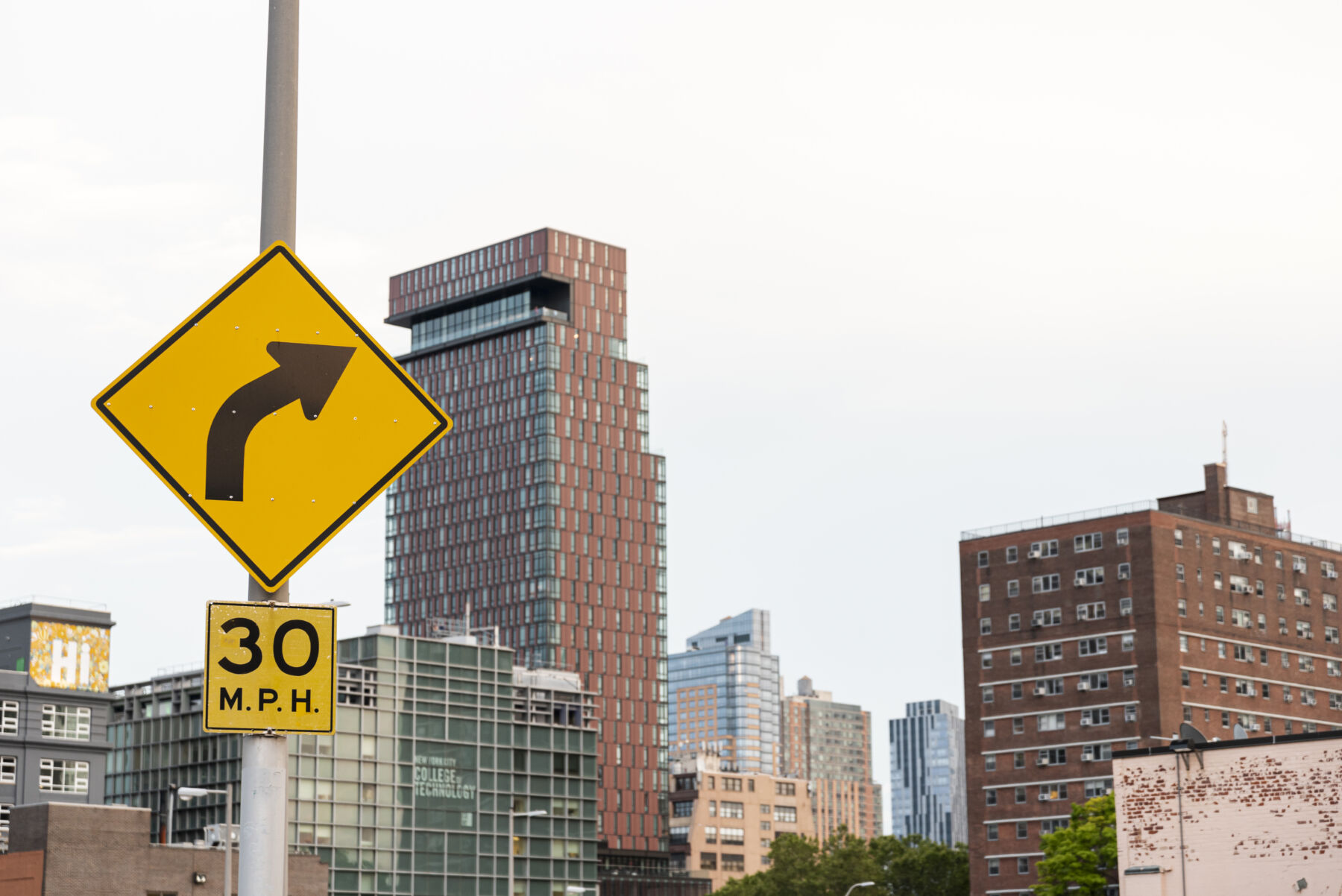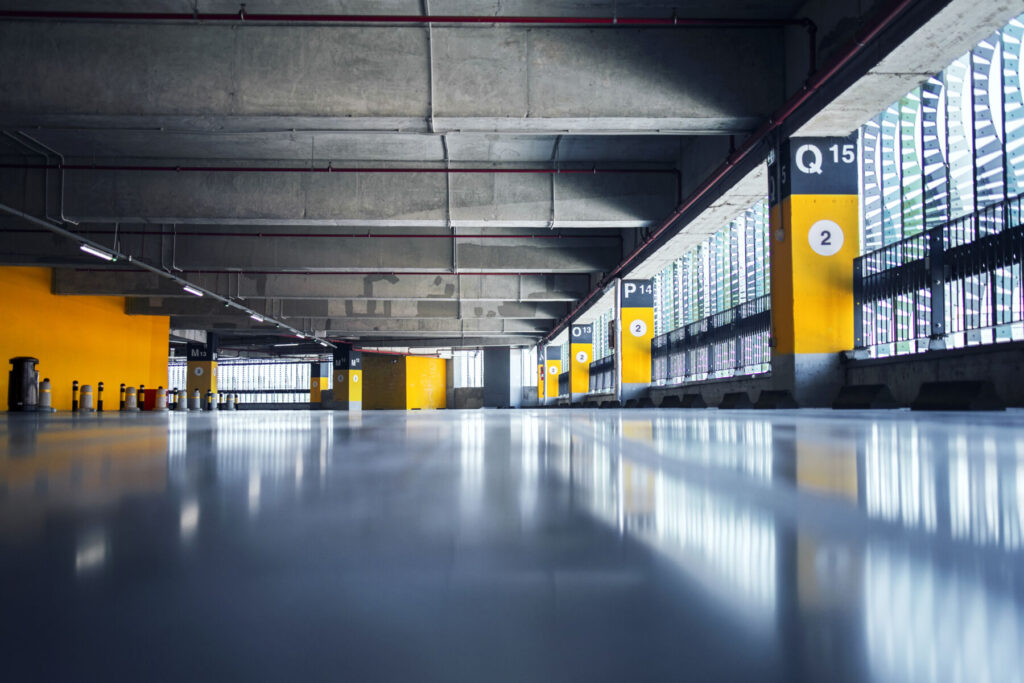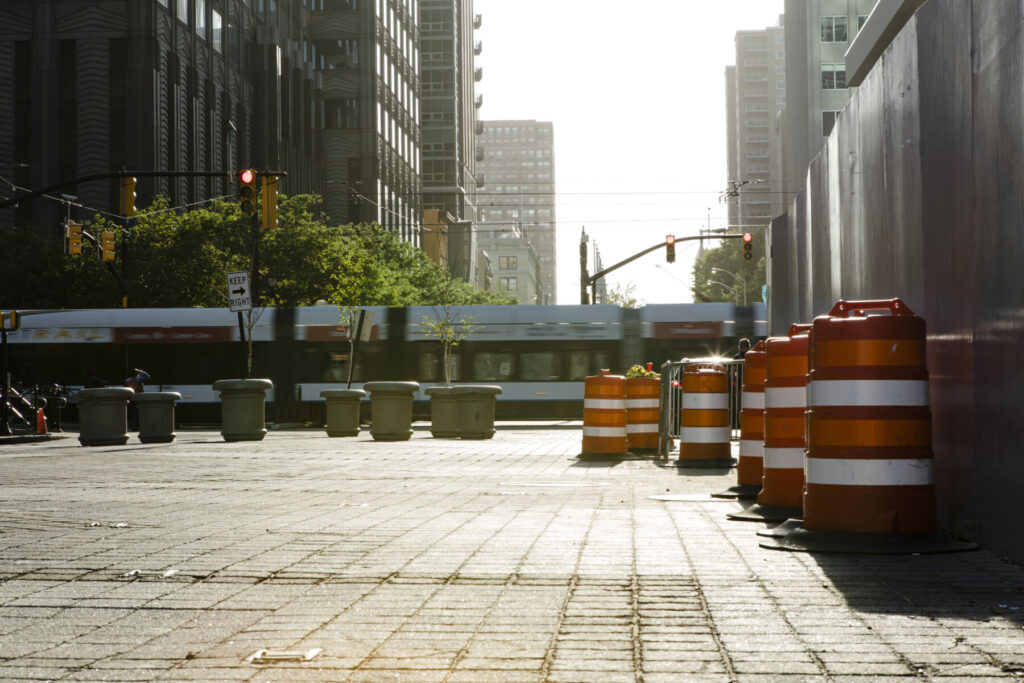Navigating the streets of New York City is challenging enough, but parking can feel like a whole new level of chaos. Whether you’re a traveler or a resident, understanding the parking rules in NYC is crucial for avoiding fines, getting towed, or wasting hours circling for a spot. This guide will walk you through everything you need to know about parking in the city, from alternate side parking to the best tools for finding a spot.
Understanding NYC Parking Rules
New York City has some of the most complex parking regulations in the world. Whether you’re parking in Manhattan, Brooklyn, Queens, the Bronx, or Staten Island, the rules differ based on location, time of day, and even day of the week. Let’s break down the essential parking rules every driver in NYC should know to help in getting around NYC with ease.
Parking Tips for Moving Within NYC
If you’re planning to move within the city, understanding NYC parking rules becomes even more critical—especially when dealing with bulky items or moving vans. Knowing when and where you can park can make all the difference in ensuring your move goes smoothly without unnecessary fines or logistical hurdles. For more guidance on moving logistics, Moishe’s Moving Systems offers expert advice and services to help manage your move seamlessly, from packing to parking your moving vehicle in compliance with NYC parking rules.
Signage Interpretation: Avoiding Confusion and Fines

NYC street parking signs can be confusing, as they often include multiple restrictions for different times, zones, and days. Understanding how to interpret these signs is key to avoiding tickets.
No Parking vs. No Standing vs. No Stopping
- No Parking: You can stop temporarily to load/unload passengers or goods, but you cannot leave your vehicle.
- No Standing: You can stop briefly to pick up or drop off passengers, but you cannot load/unload goods or leave your car.
- No Stopping: You cannot stop at all, even briefly, unless it’s an emergency.
Alternate Side Parking (ASP) signs
These signs are marked with specific days and times when parking is not allowed due to street cleaning. Be sure to carefully note the side of the street affected and the times indicated. Always check online for potential ASP suspensions.
Time limits and metered parking signs
Metered parking in NYC is generally available for limited hours, with the maximum parking time varying by neighborhood. Always read the signs for specific meter hours and ensure you understand the payment options (such as meters, apps, or pay stations).
Commercial Zones
In New York City, commercial vehicles are subject to specific parking regulations, especially in commercial zones. Non-commercial vehicles are generally prohibited from using spaces designated for commercial loading and unloading during posted hours. Commercial vehicles, on the other hand, may double park in commercial zones for deliveries or service calls, but only during specific hours.
According to the New York City Department of Transportation Traffic Rules, which govern various parking regulations, including those for commercial zones, they are also limited to parking in the same spot for no more than three hours unless otherwise posted. Additionally, overnight parking of commercial vehicles is prohibited in residential areas between 9 PM and 5 AM Be sure to check posted signs, as parking in commercial zones is highly enforced.
Understanding these distinctions can save you from fines, tows, and other issues. For a complete breakdown of how to read parking signs in NYC, you can visit the official NYC Department of Transportation site.
Alternate Side Parking (ASP)
Alternate Side Parking (ASP) is a key rule in New York City that requires drivers to move their cars for street cleaning on specific days, with signs indicating which side of the street must be cleared. Failure to comply can result in fines, and in some cases, cars may be towed. These rules are enforced year-round, though they are suspended on major holidays and during emergencies, like snowstorms.
Checking for daily suspensions using city tools or apps helps avoid penalties. For instance, during snowstorms, the city suspends ASP to allow plows to clear streets.
- Key ASP tips:
- Keep an eye on signs: Alternate side parking varies depending on the neighborhood, so always check the posted signs.
- ASP suspensions: You can check if alternate side parking is suspended by signing up for email alerts, using the NYC311 app, or following NYC’s Department of Transportation on social media.
Metered Parking
Metered parking is the most common form of street parking in Manhattan and other busy parts of NYC. These spots are typically available during certain hours, and rates vary depending on the location and time of day.
- Meter costs: Parking meter rates in New York City vary between $1.50 and $5.50 per hour. The more congested the area, the higher the price.
- Payment options: Pay at the machine or via the ParkNYC app, which allows for convenient, contactless payment and even reminders when your time is about to expire.
Parking Rules by Street
Each street in NYC can have its own set of parking rules. In residential areas of outer boroughs like Queens or Brooklyn, you might find free parking, but that doesn’t mean you’re exempt from other rules. For instance, you can’t park within 15 feet of a fire hydrant, and double parking is prohibited under all circumstances—even if you’re in the vehicle. Vehicles can generally be parked on NYC streets for up to 7 days unless signs indicate otherwise. Parking is not universally free after 7 pm; it depends on the area’s specific metered parking rules.
If you’re relocating to one of NYC’s outer boroughs, having an understanding of local parking rules is critical for avoiding fines and ensuring a smooth move. Choosing the right neighborhood can also play a big role in how easy it is to find parking. For example, some areas may offer more residential street parking, while others might have stricter rules due to high congestion.
Handicap Parking Rules
NYC offers special parking accommodations for individuals with disabilities. If you have a valid NYC Parking Permit for People with Disabilities, you are allowed to park in most designated spots and metered passenger or commercial parking spaces for free. You must display the permit on your vehicle’s driver’s side dashboard. For more detailed information, refer to the NYC311 Handicap Parking Rules.
Tips for Finding Street Parking in NY
Finding street parking in NYC can be a major challenge, especially in high-traffic areas. While it’s easy to feel overwhelmed, knowing a few insider tips can help you find a spot more quickly and avoid getting tickets.
- Look outside peak hours: Early mornings, late evenings, or midday (when people are at work) are often the best times to find a parking spot.
- Residential streets: If you’re in Brooklyn or Queens, you’re more likely to find unmetered spots on residential streets. Just be sure to check ASP signs.
For those moving into NYC for the first time, adapting to these parking rules is key.
Parking Garages: Convenience at a Cost

While street parking is often the go-to option, parking garages are more convenient—though they can be expensive. Prices range from $20 to $50 per day, but they can be higher for event parking (like in the Theater District or near concert venues).
Tips for saving on parking garages:
- Book in advance: Apps like SpotHero or BestParking allow you to see real-time prices and reserve a spot before you arrive.
- Park on the outskirts: Parking just outside busy areas like Midtown can save you money. The further you park from major attractions, the cheaper it gets.
Free Parking in NYC: A Rare Find
Finding free parking in New York City might feel like winning the lottery, but it’s possible if you know where to look.
- Sundays: Metered parking is free on Sundays, but make sure to check for time restrictions and other regulations.
- Major holidays: Alternate side parking and standing rules are suspended on holidays. However, it’s crucial to check the city’s official calendar to confirm which days apply.
- Off-hours parking: Some areas have time restrictions like “No parking between 2 AM and 6 AM.” If you’re parking outside these hours, it’s often free.
Tools and Apps to Make Parking Easier
One of the best ways to avoid parking headaches in NYC is to use technology. There are several apps designed to help you find, reserve, and pay for parking without the stress of circling the block.
- SpotHero: This app lets you find and reserve parking spots in advance, both in parking garages and metered street spots. You can see real-time pricing, compare rates, and guarantee your spot before you arrive.
- ParkNYC: This app is essential for paying metered street parking in NYC. It allows you to pay for parking from your phone, extend your time remotely, and receive reminders when your time is about to expire. It’s convenient and helps you avoid getting fined for expired meters.
- BestParking: Another great app for comparing garage rates and finding the best parking deals across the city. It’s especially helpful if you’re looking for parking near events or in popular areas.
- NYC311: The official app of the city, NYC311 provides real-time updates on parking rules, alternate side suspensions, and street closures. You can also file complaints or report issues directly through the app.
- Pango: Similar to ParkNYC, Pango allows you to pay for metered parking and get reminders, making it easier to manage your parking without rushing back to feed the meter.
Commercial Zones: What You Need to Know
In NYC, commercial vehicles have dedicated parking zones during specific times of day. These zones are meant for loading and unloading and are strictly enforced, particularly in busy areas like Midtown Manhattan.
- Hours of Operation: Commercial zones typically operate between 7 AM and 6 PM on weekdays. During these hours, only vehicles with commercial plates are allowed to park in these areas. Violating this rule can lead to hefty fines or even towing.
- For Non-Commercial Vehicles: If you drive a personal vehicle, it’s important to avoid parking in these zones during commercial hours. However, these spots may become available for general use during evenings and weekends, depending on the signage. Double-check the hours indicated on the sign to you to park for free.
How Much Does it Cost to Park in NYC?

Parking in NYC can range from relatively cheap to extremely expensive, depending on where you are.
- Street parking: As mentioned, metered street parking ranges from $1.50 to $5.50 per hour.
- Monthly parking: Monthly parking in NYC can be quite pricey, especially in Manhattan’s swankier areas. On the Upper East Side, you might see rates soaring to $1,200 per month on Madison or Fifth Avenue. The Upper West Side is slightly more affordable but still pricey, with rates around $800 to $1,000 per month.
Parking in New Jersey: A Cheaper Alternative
If you’re looking to avoid the chaos and high costs of parking in NYC, parking in New Jersey and taking public transport into the city is a great option.
- PATH Train: Park in towns like Hoboken or Jersey City, and take the PATH into Manhattan in under 30 minutes. Many of these towns offer cheaper parking options.
- NY Waterway Ferry: Parking near ferry terminals in Weehawken or Hoboken and taking the ferry into NYC is another scenic option. Most ferry terminals have paid parking lots nearby.
- New Jersey Transit: Some NJ Transit train stations offer Park & Ride services, which let you park for a fee and ride into Manhattan. Parking typically costs around $8.40 per hour, which is much cheaper than parking in Manhattan.
Final Tips for Mastering NYC Parking Rules
Mastering NYC parking rules can take the stress out of city driving. Whether you’re a resident or just visiting, understanding alternate side parking, metered zones, and the best parking tools will save you time, money, and frustration. And if you’re planning a move within or to NYC, knowing the rules is even more important.
At Moishe’s Moving Systems, we understand the complexities of moving in New York City. From navigating busy streets to ensuring your belongings are transported safely, our experienced team takes the hassle out of the moving process. Whether you’re relocating to a new apartment in the city or moving long-distance, we’re here to help every step of the way.
Ready to make your move stress-free? Contact us today to find out how we can assist with all your moving needs in NYC!
